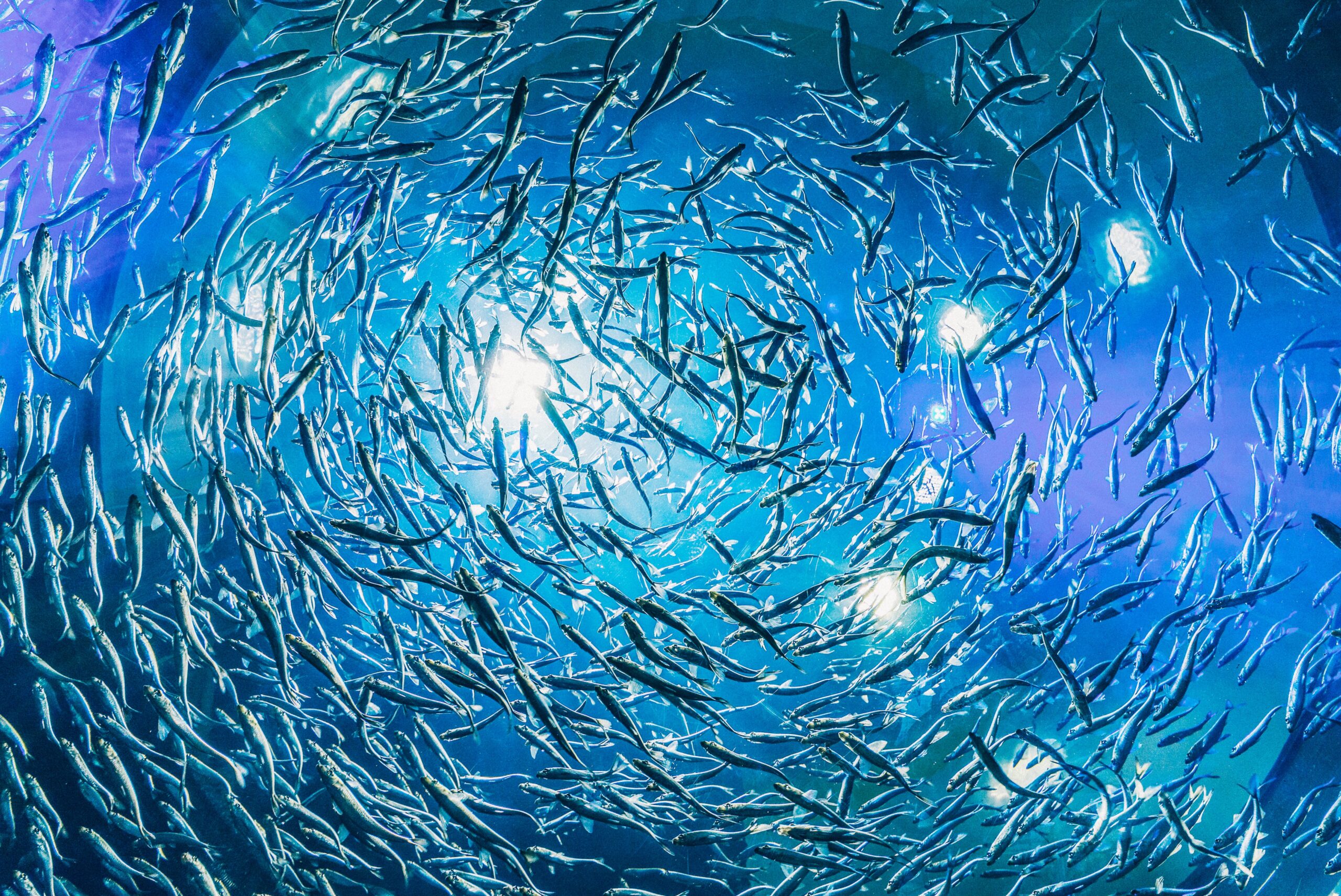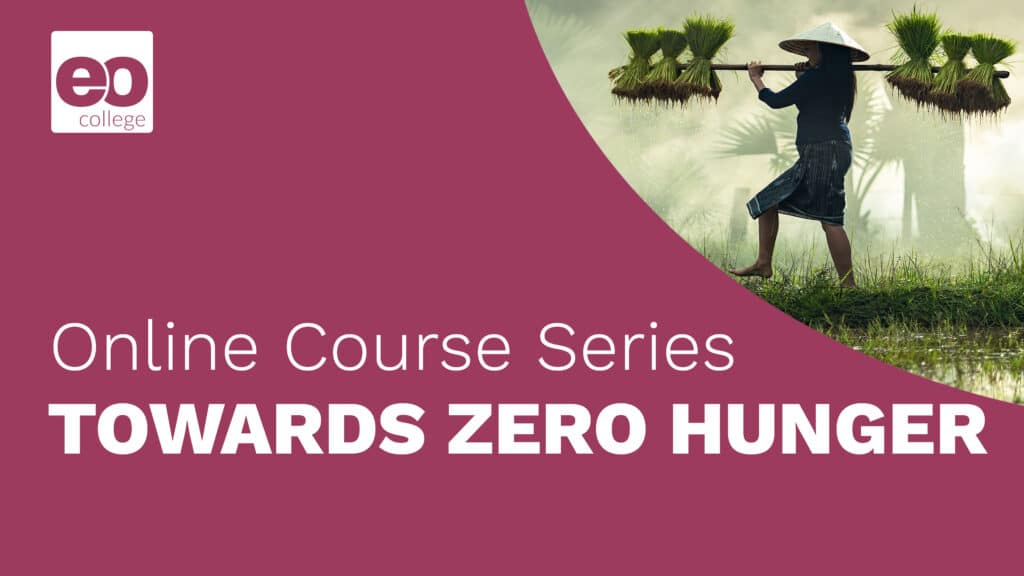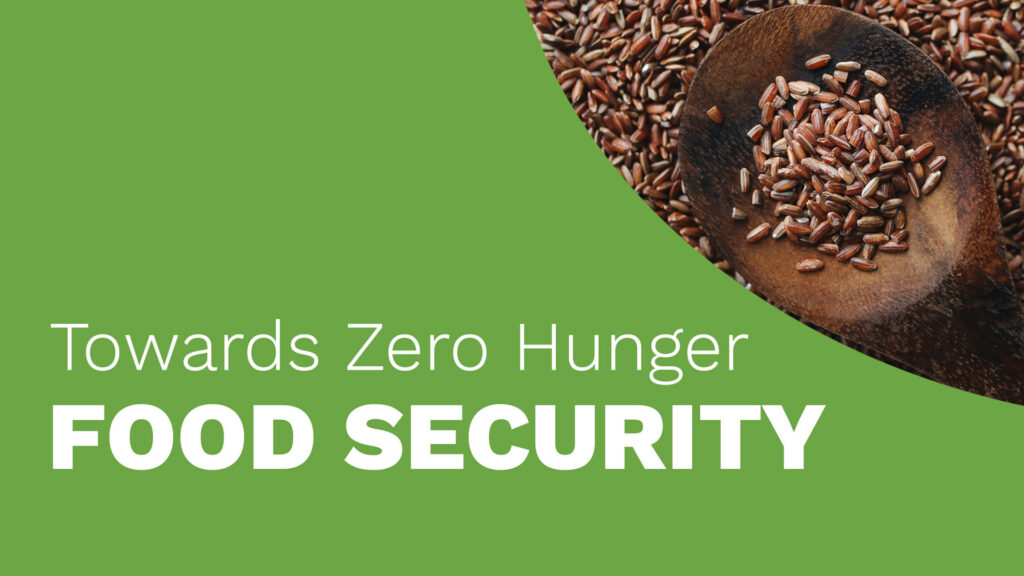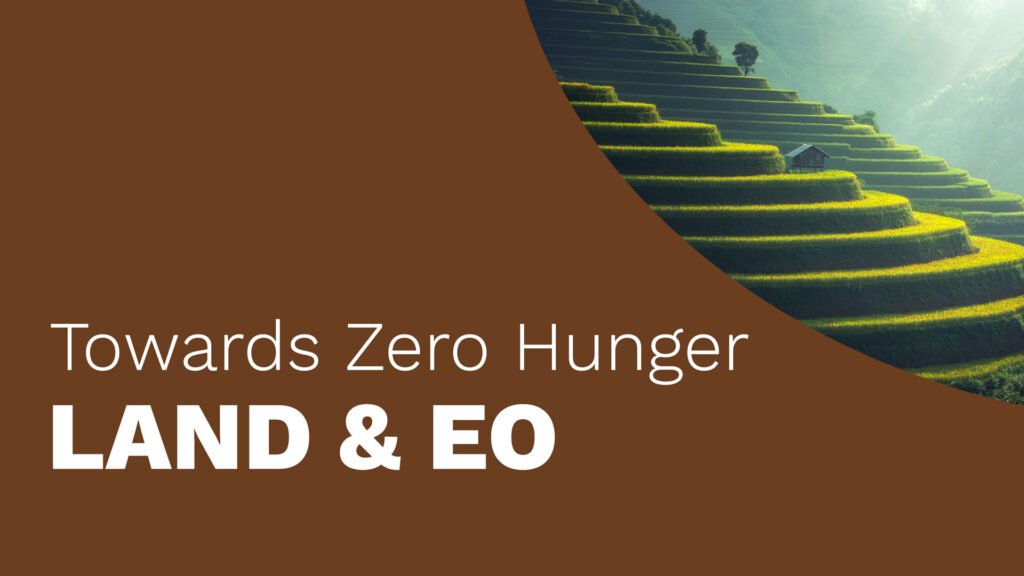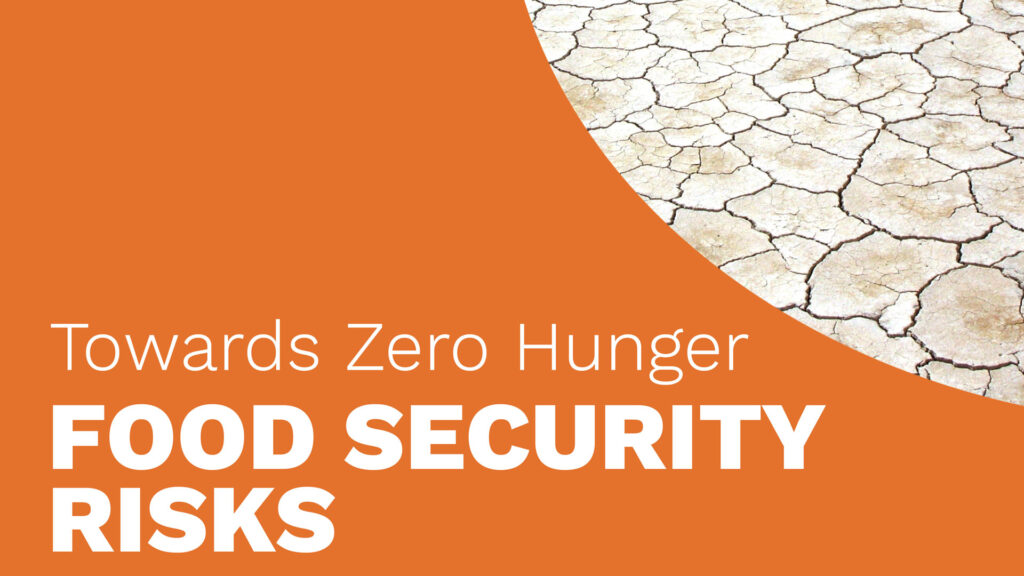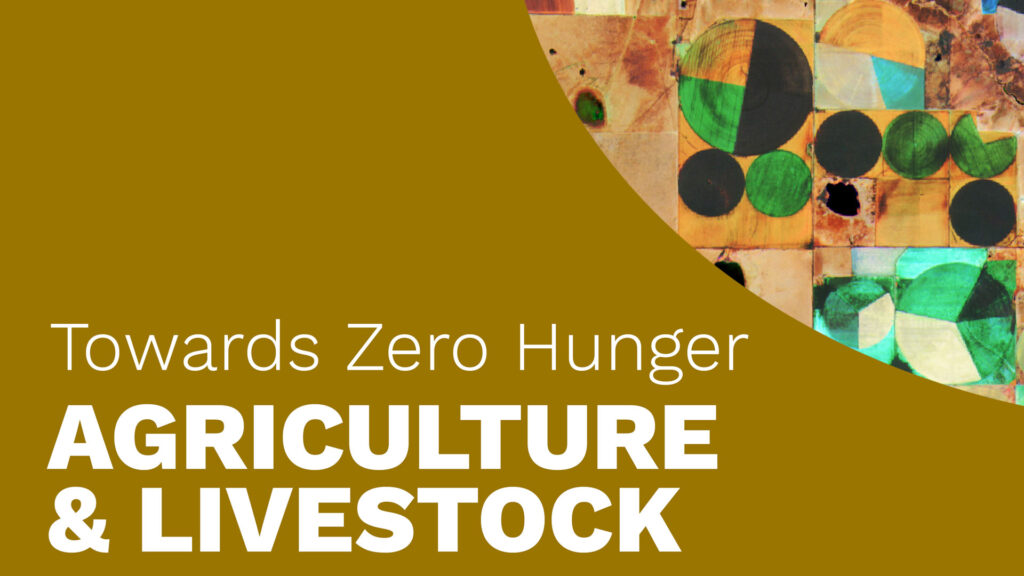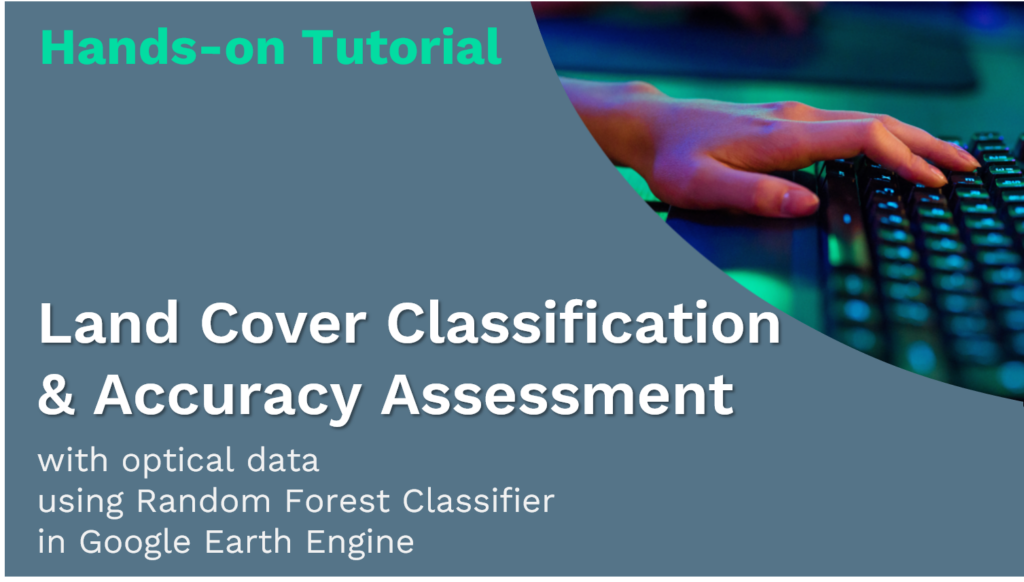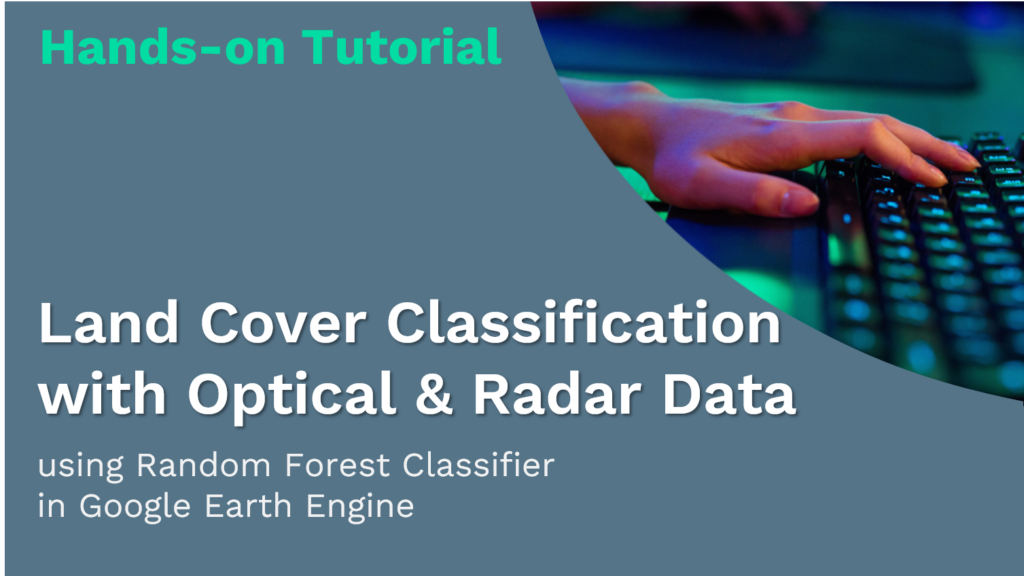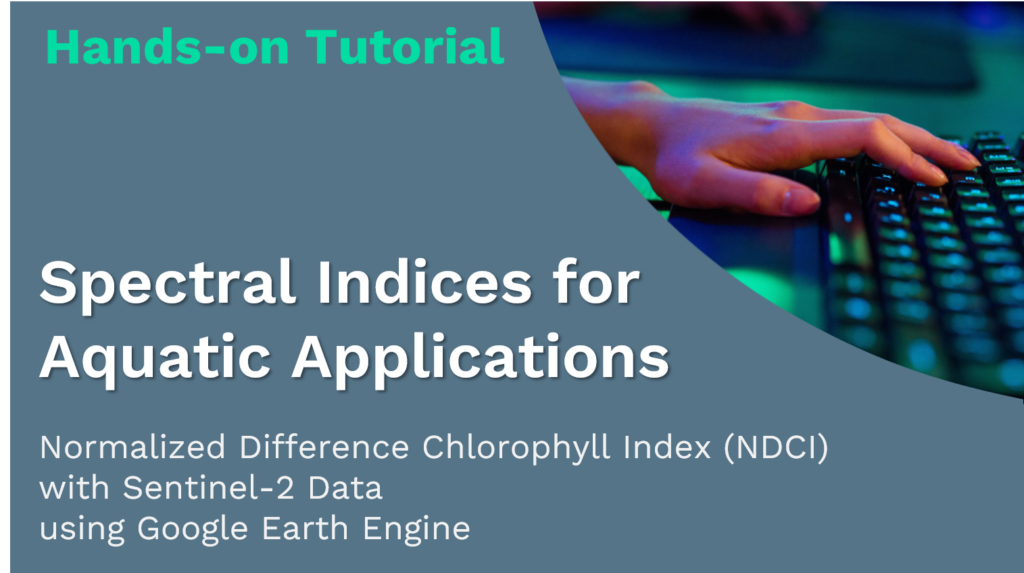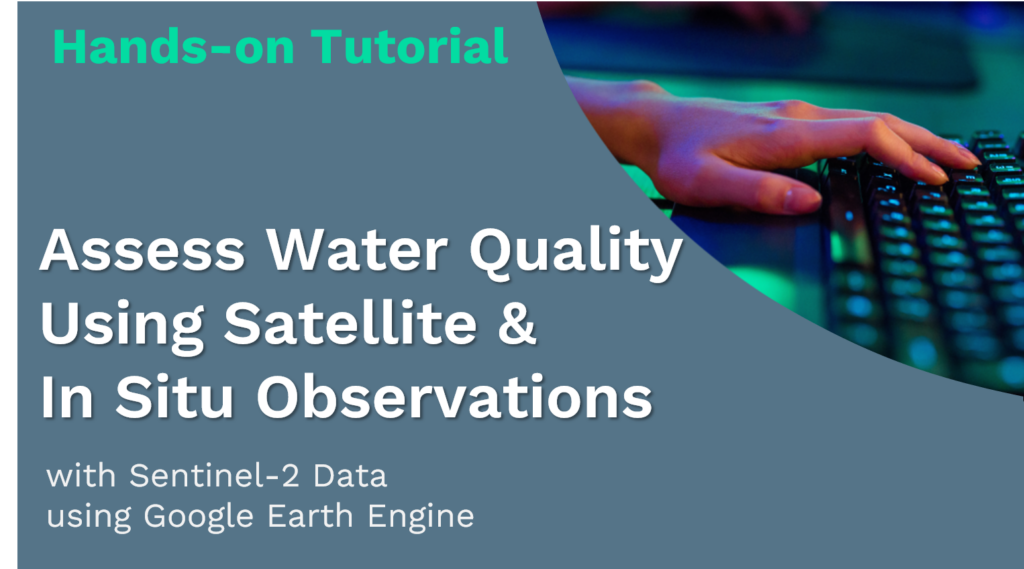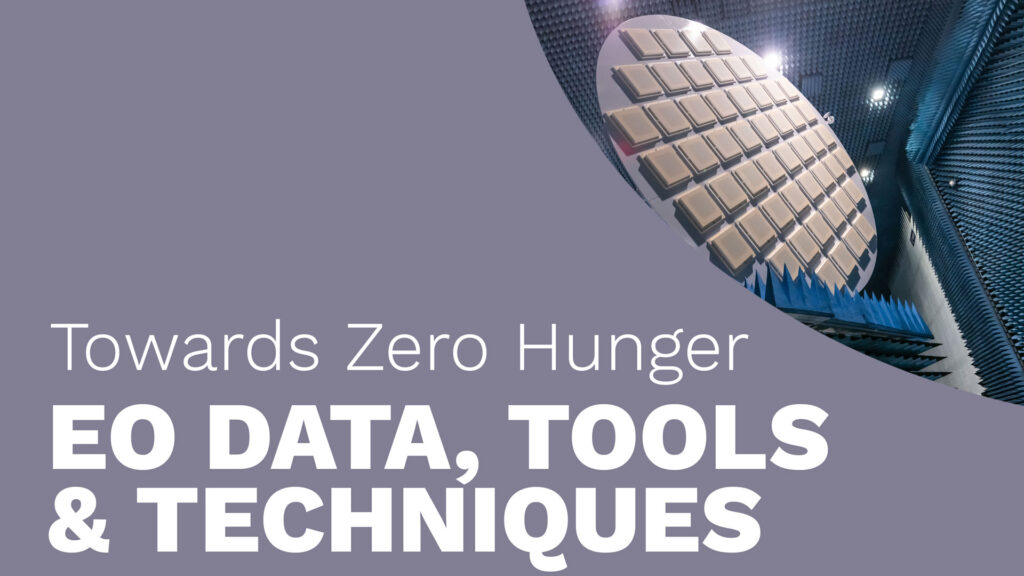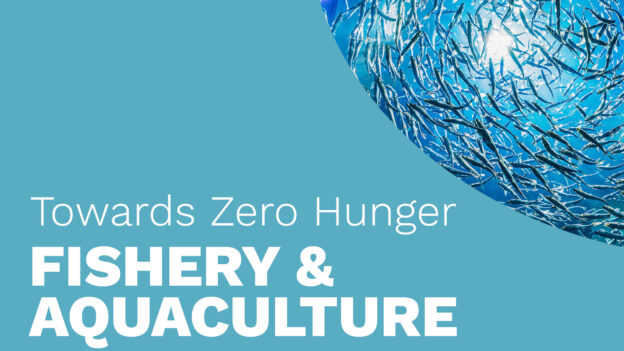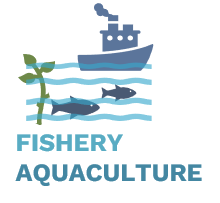
Welcome to the module ‘Water & EO: Fishery and Aquaculture‘ of Towards Zero Hunger.
Here, you can learn about the aquatic ecosystems, fishery and aquaculture practices for food supply, and Earth Observation applications used in sustainable fisheries and aquaculture.
This module is part of a series of online learning materials.
Towards Zero Hunger will give you insights into the potential of remote sensing technologies to support the United Nations’ Sustainable Development Goal 2: Zero Hunger.
What will you learn?
Aquatic systems, encompassing both freshwater and marine environments, exhibit complex dynamics that vary over time and space. Monitoring these systems through Earth observation (EO) presents unique challenges, but when executed properly, it can significantly enhance sustainability efforts in fishery and aquaculture. For instance, geoinformation derived from EO can aid in selecting optimal locations for aquaculture operations, timing interventions like feeding and disease management, and predicting changes in fish populations.
Key aspects include understanding which parameters are crucial—such as water quality, chlorophyll levels, or aquatic vegetation coverage—how to compute these parameters using remote sensing-based indicators, selecting the most effective sensors for these tasks, and utilizing reference data for calibrating and validating these methods.
In this module, you will explore how fisheries and aquaculture can be supported by EO. You will gain insights into deriving useful information from remote sensing data and learn how these techniques can aid in sustainable management and enhancement of aquatic food systems.
Learning Objectives
- Acquire fundamental insights into aquatic ecosystems
- Learn essential Earth Observation (EO) techniques and concepts for monitoring aquatic environments.
- Understand how to utilize EO data to monitor and assess aquatic ecosystems, and enhance the management and sustainability of fisheries and aquaculture.
Workload
Choose your own learning pace.
Depending on your existing knowledge, it will take 2-3 hours to complete.
For which SDG 2 targets is this module relevant?
Earth observation can contribute to reach the goal Zero Hunger, particularly through targets 2.3, 2.4 and 2.C.
This module is relevant to all of these targets.
For which food production practices is this module relevant?

Credits
This module was created with the help of learning materials that were kindly provided by:
- NASA Applied Remote Sensing Training Program (ARSET):
- ARSET, Fundamentals of Remote Sensing.
- ARSET. (2016). Introduction to Remote Sensing for Coastal and Ocean Applications.
- ARSET, (2022). Monitoring Aquatic Vegetation with Remote Sensing
- ARSET, (2023). Spectral Indices for Land and Aquatic Applications.
- Mehta, A.; McCartney, S. (2021). Monitoring Coastal and Estuarine Water Quality Using Remote Sensing and In Situ Data.
- Mehta, A.; McCartney, S.; Jasinski, M.; Delgado-Arias, S. (2021). Mapping and Monitoring Lakes and Reservoirs with Satellite Observations.
Course Content
About Instructor


